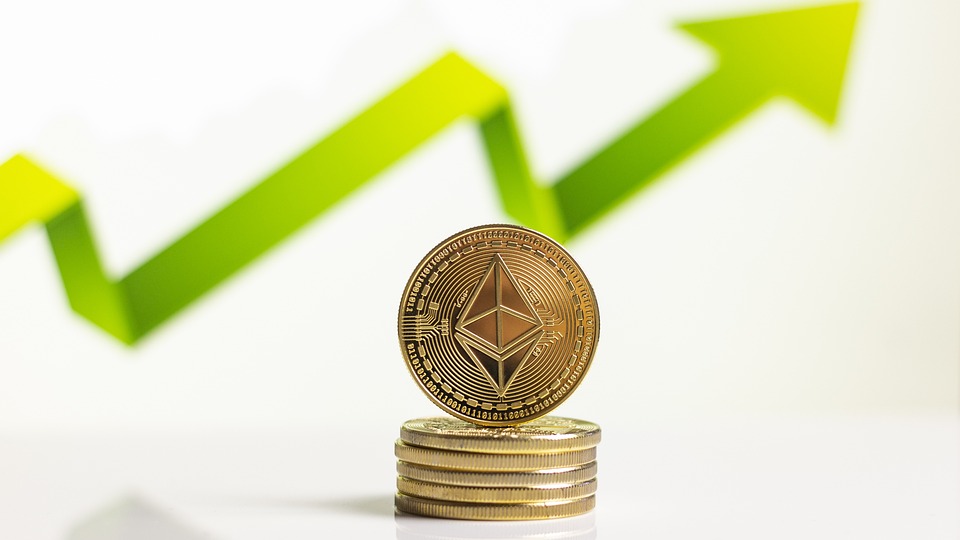In the ever-evolving landscape of cryptocurrencies, volatility is an inescapable characteristic. The recent fluctuations in crypto prices have captured the attention of investors, analysts, and enthusiasts alike. These unpredictable swings, marked by rapid price advancements and sudden declines, evoke both excitement and caution, prompting a closer examination of what they mean for the future of digital assets.
Understanding Crypto Volatility
Volatility refers to the degree of variation in trading prices over time. In the world of cryptocurrencies, it often manifests as dramatic price swings within short time frames. The factors contributing to this volatility are multifaceted, ranging from market sentiment and regulatory developments to technological advancements and macroeconomic conditions.
For instance, dramatic swings in Bitcoin’s price, often viewed as the bellwether of the entire crypto market, can precipitate broad impacts across altcoins. In recent months, we have witnessed Bitcoin price fluctuations that surged above $60,000 and then dipped below $30,000, igniting discussions about the underlying causes and implications.
What Do Recent Fluctuations Indicate?
-
Market Sentiment and Speculation: One of the primary drivers of crypto volatility is the speculative nature of the market. Investors often react to news—whether it’s endorsements from financial giants, regulatory announcements, or market rumors. The recent rush towards Bitcoin ETFs and institutional adoption may have temporarily boosted prices, but skepticism and profit-taking by trading professionals introduced a counterbalance.
-
Liquidity Issues: The crypto market is characterized by varying levels of liquidity. Major cryptocurrencies have more substantial liquidity compared to smaller altcoins, which can experience more extreme price changes. Recent spikes in trading volume for specific tokens can lead to short-term gains but also create vulnerability for investors lacking strategies to navigate these fluctuations.
-
Market Maturity: As the cryptocurrency market matures, volatility may start to decrease, but recent data suggests that we are not quite there yet. Institutional investments can inject significant capital, reducing volatility over time. However, the speculative nature of retail investors still poses risks of sudden market shifts.
-
Technological Developments: The crypto ecosystem is heavily influenced by technological advancements, such as blockchain upgrades or innovative applications of decentralized finance (DeFi) and non-fungible tokens (NFTs). These changes can rapidly shift investor sentiment, resulting in notable price movements.
- Regulatory Developments: Government interventions can trigger significant price volatility. As countries grapple with how to regulate cryptocurrencies, announcements regarding central bank digital currencies (CBDCs) or crackdowns on exchanges often send shockwaves through the market.
Strategies for Navigating Volatility
For crypto investors, understanding and managing volatility is crucial. Here are some strategies to consider:
-
Long-term Perspective: Investors should focus on long-term trends rather than short-term fluctuations. While price dips can be disheartening, maintaining a long-term investment strategy is often more rewarding, reflecting the overall growth potential of the crypto market.
-
Diversification: Just like traditional investing, diversifying across different cryptocurrencies can mitigate risks associated with volatility. This strategy helps cushion against the impact of sudden drops in a single asset while seizing potential opportunities across different segments.
-
Risk Management: Setting clear investment goals and limits is essential. Establishing stop-loss orders and only investing what one can afford to lose are prudent practices that can help manage risk during periods of heightened volatility.
-
Stay Informed: Keeping abreast of market news, technological advancements, and regulatory changes can help investors anticipate potential price movements. Knowledge is power in the volatile world of cryptocurrency.
- Utilizing Advanced Trading Tools: For more experienced investors, employing advanced trading tools such as options and futures can provide opportunities to hedge against volatility, allowing for more sophisticated investment strategies.
Conclusion
The recent volatility in the cryptocurrency market serves as a reminder of its dynamic and unpredictable nature. While the dramatic price changes can be unsettling, they also present unique opportunities for those who understand how to navigate the complexities of the market. By adopting a strategic approach, being well-informed, and maintaining a long-term perspective, investors can position themselves to thrive in the ever-changing world of crypto. As always, caution, knowledge, and adaptability will be vital for successfully riding the waves of volatility.

